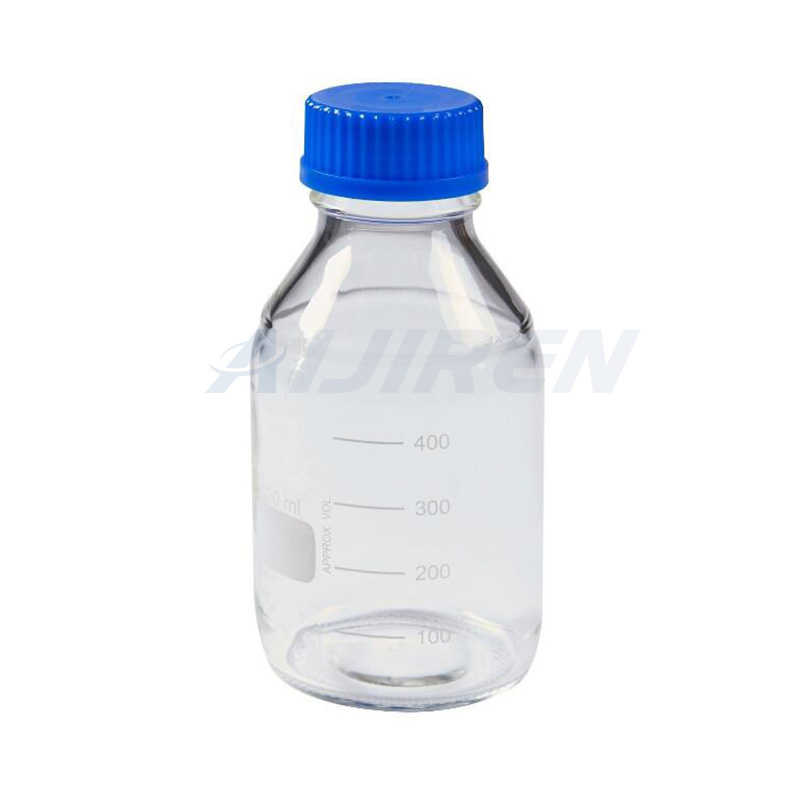Septum HPLC: Strategies for Enhancing Separation Efficiency and Sensitivity
-

Chemical derivatization in LC-MS-based metabolomics study
Oct 1, 2020 · Chemical derivatization of metabolites offers an opportunity to improve the overall analytical performance of liquid chromatography mass spectrometry (LC-MS)-based metabolomics. This review highlights recent progresses (since 2016) in the field of chemical derivatization LC-MS for both targeted and untargeted metabolome analysis.
Get Price -

Core–shell particles: Preparation, fundamentals and
Aug 29, 2014 · Capillary electrochromatography (CEC) is a separation technique in which the mobile phase is driven by an electro-osmotic flow rather than pressure in HPLC. CEC combines the separation and selectivity of HPLC and the high efficiency of capillary electrophoresis (CE) [134]. The role of stationary phase has been investigated for improved separation.
Get Price -

Optimization Strategies in HPLC for the Separation of
Aug 6, 2021 · Summary. High performance liquid chromatography (HPLC) finds wide application for the separation of biomolecules, offering different operation modes, which separate by physiochemical properties like size, charge, or hydrophobicity. Optimization of a method often entails trade-offs, for example if high selectivity is the ultimate goal, the
Get Price -
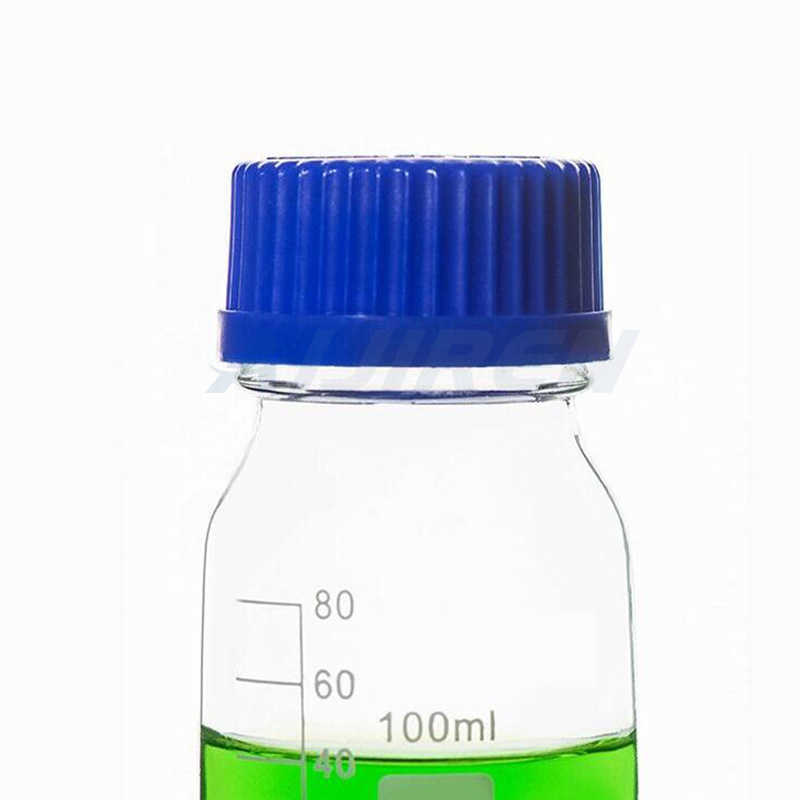
(PDF) Recent HPLC strategies to improve sensitivity and
Mar 1, 2012 · Recently, various approaches have been addressed to improve chromatographic performance in terms of sensitivity or selectivity, from the development of novel on-line (or off-line) enrichment
Get Price -
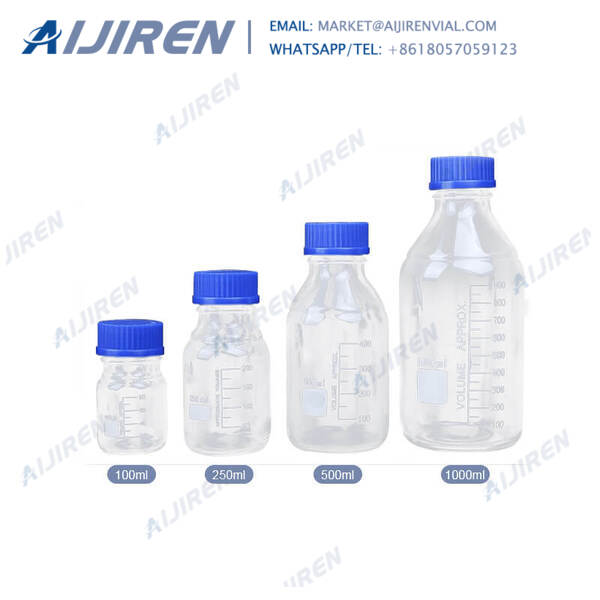
Recent (2018–2020) development in capillary electrophoresis
Mar 22, 2021 · Capillary electrophoresis (CE), even since its first introduction in 1981 [], has been developed well into a mature and robust separation technique [].Compared to the traditional separation techniques like gel electrophoresis and liquid chromatography, CE carries the advantages of high simplicity in setup and miniaturization, fast separation with high resolution and efficiency, and low sample
Get Price -

High-performance liquid chromatography - Wikipedia
The greater the separation factor value is over 1.0, the better the separation, until about 2.0 beyond which an HPLC method is probably not needed for separation. Resolution equations relate the three factors such that high efficiency and separation factors improve the resolution of component peaks in an HPLC separation. Internal diameter
Get Price -
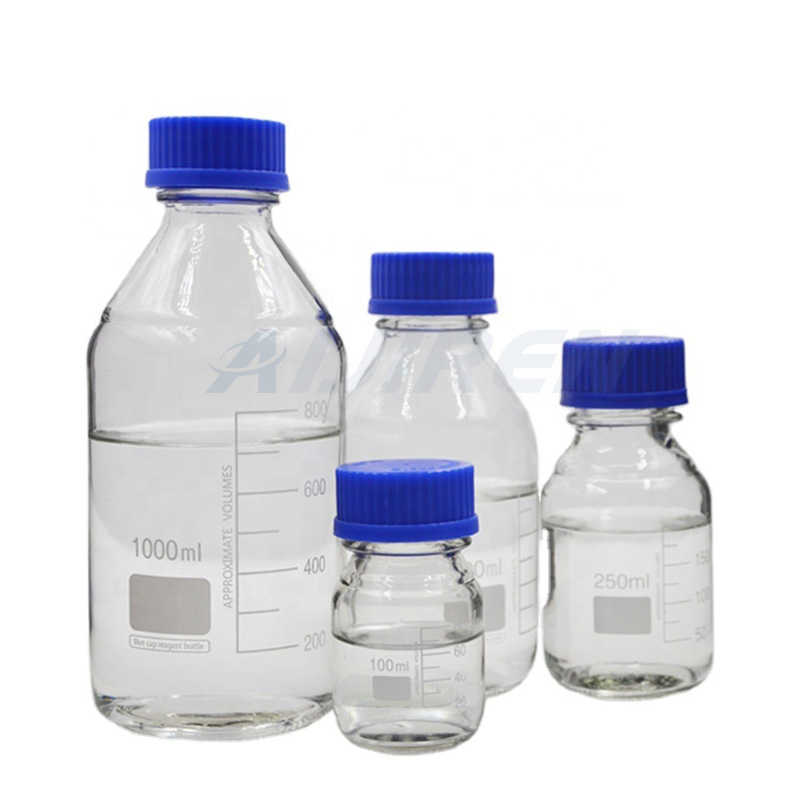
Factors Affecting Resolution in HPLC - MilliporeSigma
Resolution is an important HPLC performance indicator usually assessed by how quickly and how completely target components in a sample separate as they pass through a column. Resolution is measured by dividing the difference in peak retention times by the average peak width. Resolution can also be expressed in the Resolution Equation as a
Get Price -
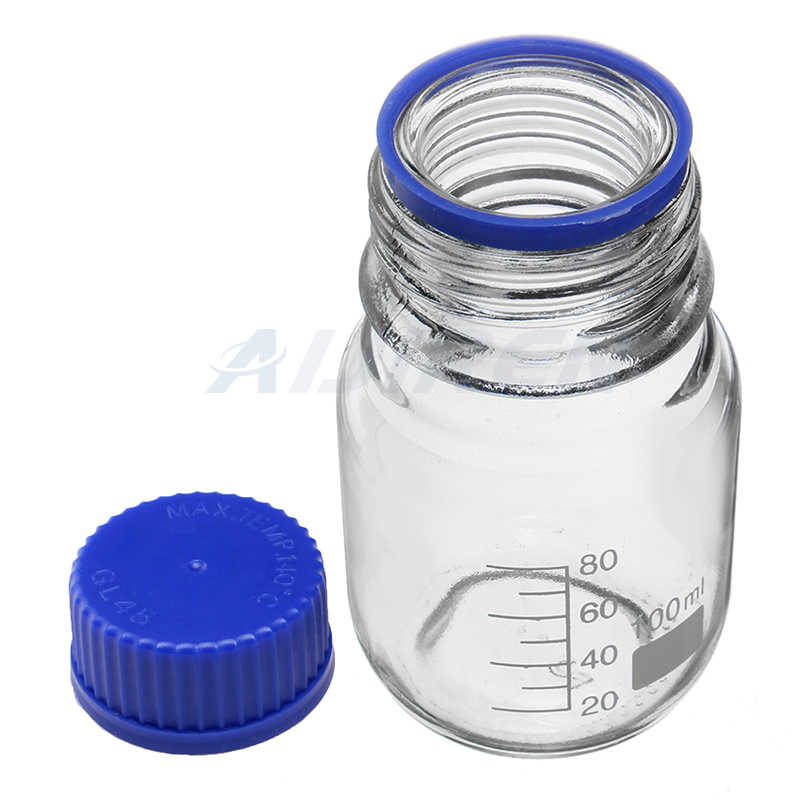
Enhancing Sensitivity of Liquid Chromatography–Mass
Although the selection of buffer and pH can benefit separation efficiency by influencing the charge on polypeptide side chains, it may adversely affect the extent of adsorption to residual silanols (Si-OH) of the stationary phase. At pH ≥ 4, Si-OH is deprotonated and attracts cationic species passing through the column.
Get Price -
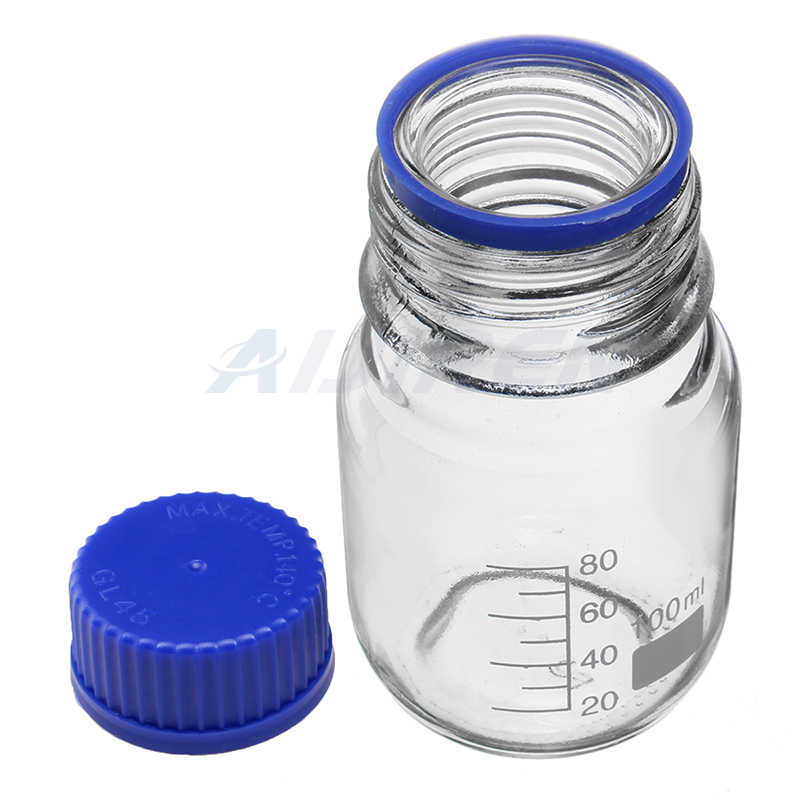
How to improve sensitivity in HPLC? | ResearchGate
2. Increasing the sample size extraction and reconstitute them in small volumes can also lead to higher sensitivity. 3. Chang column can increase the sensitivity; smaller particle size and narrow
Get Price -

Chromatographic Technique: High-Performance Liquid
Jan 1, 2018 · The separation factor is also called relative retention or selectivity. As the molecules elute through the column, the zone of compounds broadens continually during their passage. To obtain a good separation, it is necessary to avoid the peak broadening. The peak width is directly related to the separation efficiency or column efficiency.
Get Price -
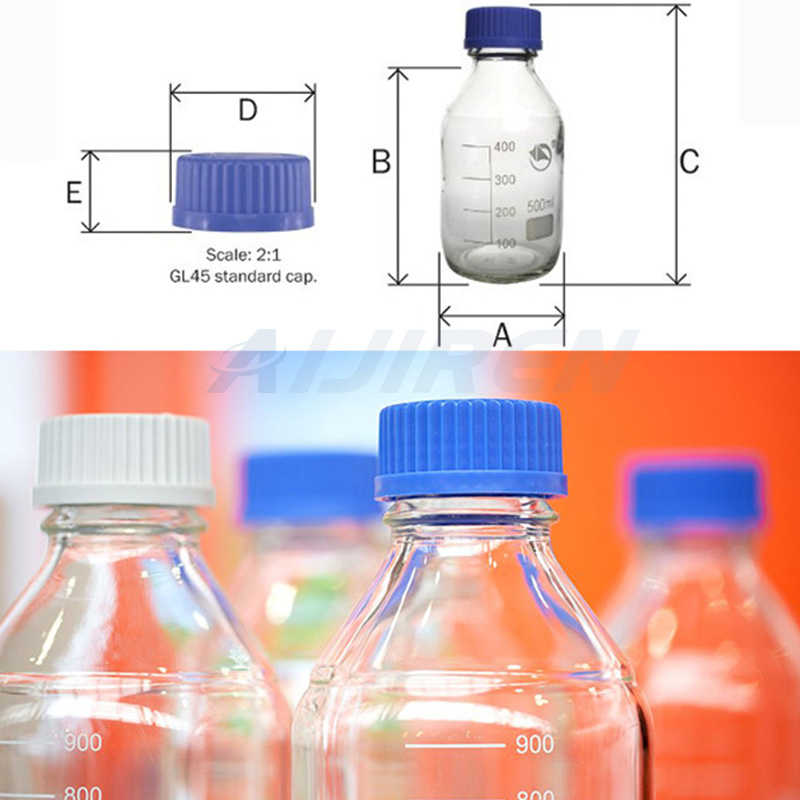
High-Performance Liquid Chromatography (HPLC): A review
Jun 20, 2022 · Today HPLC is widely applied for separations and purifications in a variety of areas including pharmaceuticals, biotechnology, environmental, polymer and food industries. It is accomplished by injection of a small amount of liquid sample into a moving stream of liquid (called the mobile phase) that passes through a column packed with particles of the stationary phase. The separation of a
Get Price -
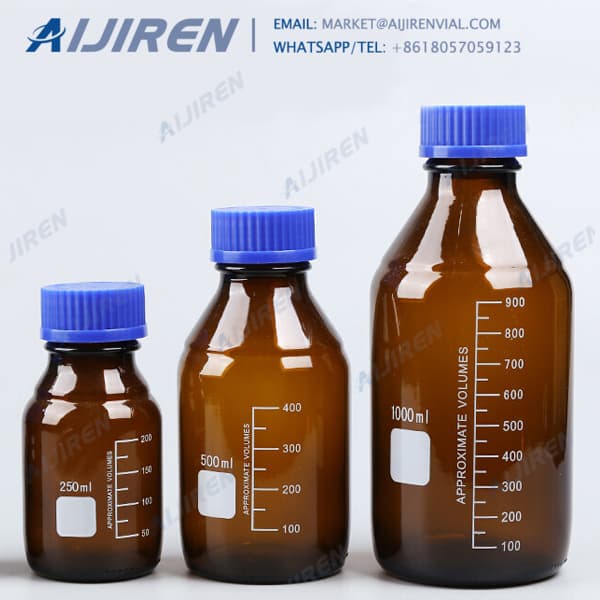
increase your HPLC/UHPLC method sensitivity - Separation Science
This article provides an overview on the key factors to be considered and controlled for an optimal sensitivity. Read this article from Issue 9 of the Analytix Reporter, produced by Merck, to find out more. The sensitivity of a chromatographic method might be described by its limit of detection (LOD).
Get Price -
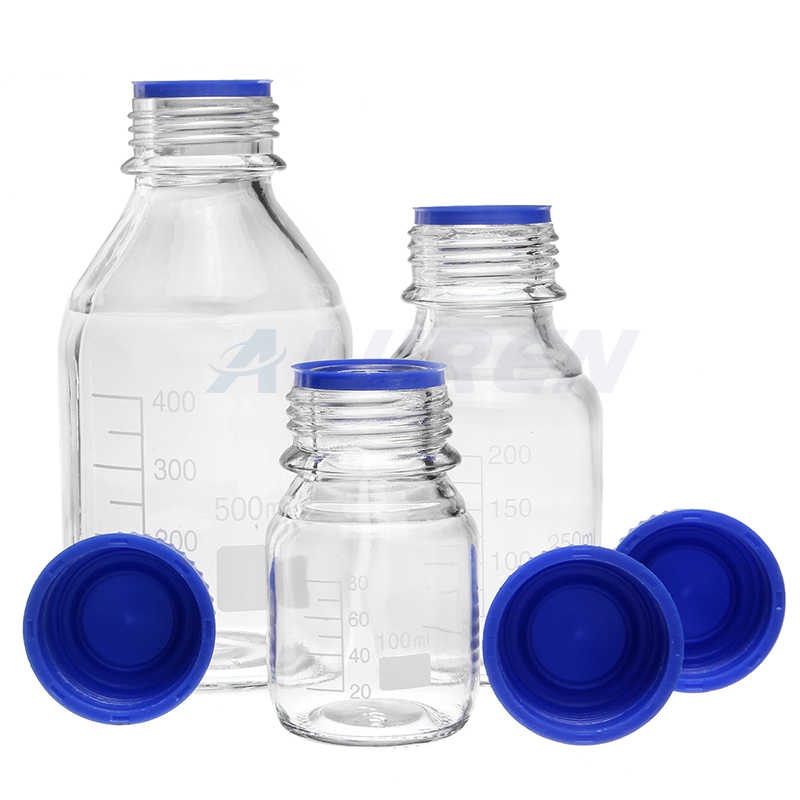
High performance liquid chromatography: A short review
Jun 9, 2010 · Abstract. High performance liquid chromatography (HPLC) is an important qualitative and quantitative technique, generally used for the estimation of pharmaceutical and biological samples. It is
Get Price -
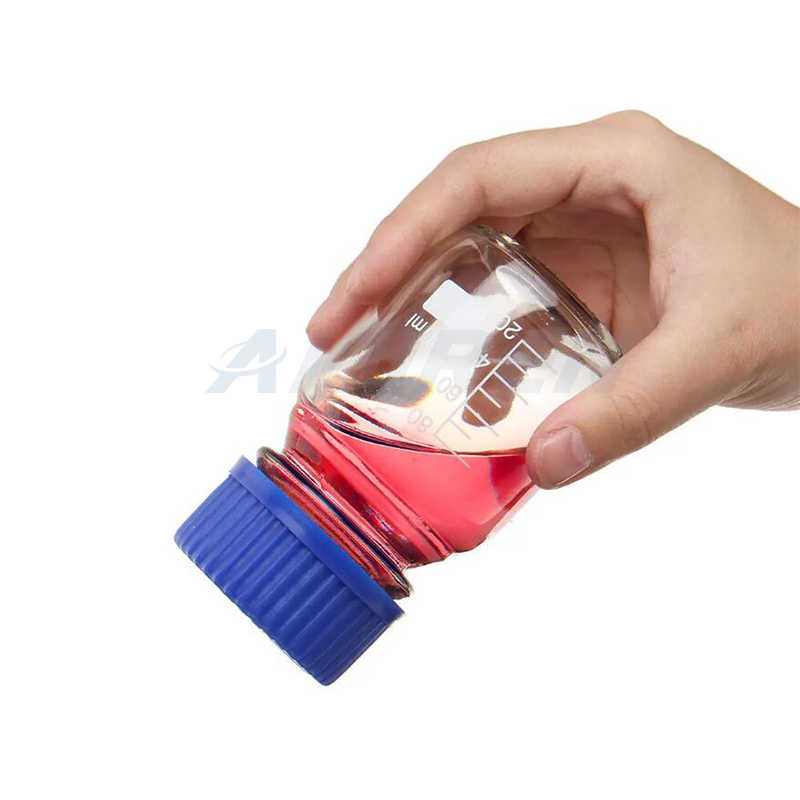
Detection Limits and Merits of HPLC Detectors | Download Table
Linearity of the proposed method was in the range of 4-12 μg mL-1 (r2 = 0.998) for Azelnidipine and 20-60 μg mL-1 (r2 = 0.997) for Telmisartan. Limits of Detection were 1.041 μg mL-1 and 0.208
Get Price


